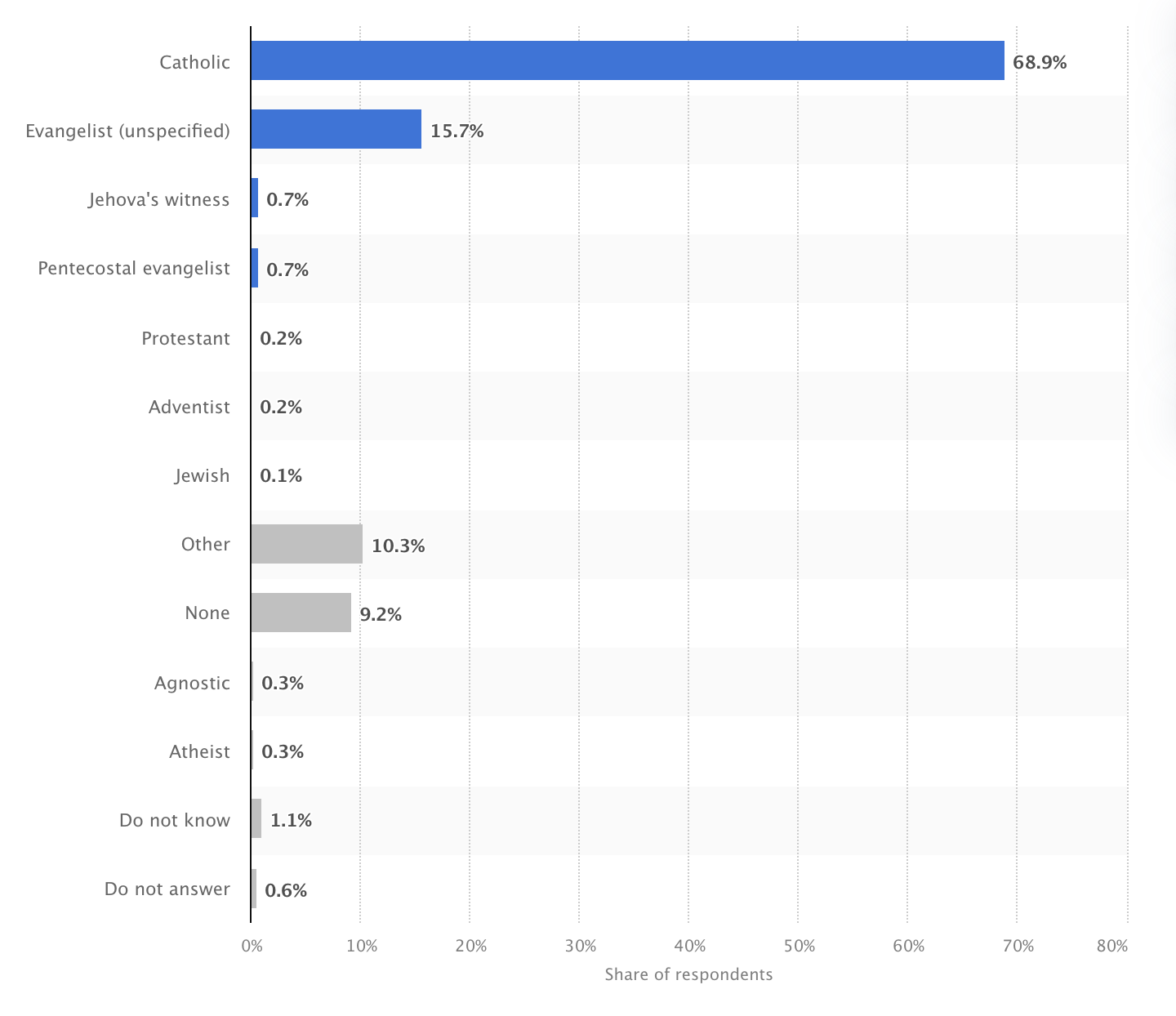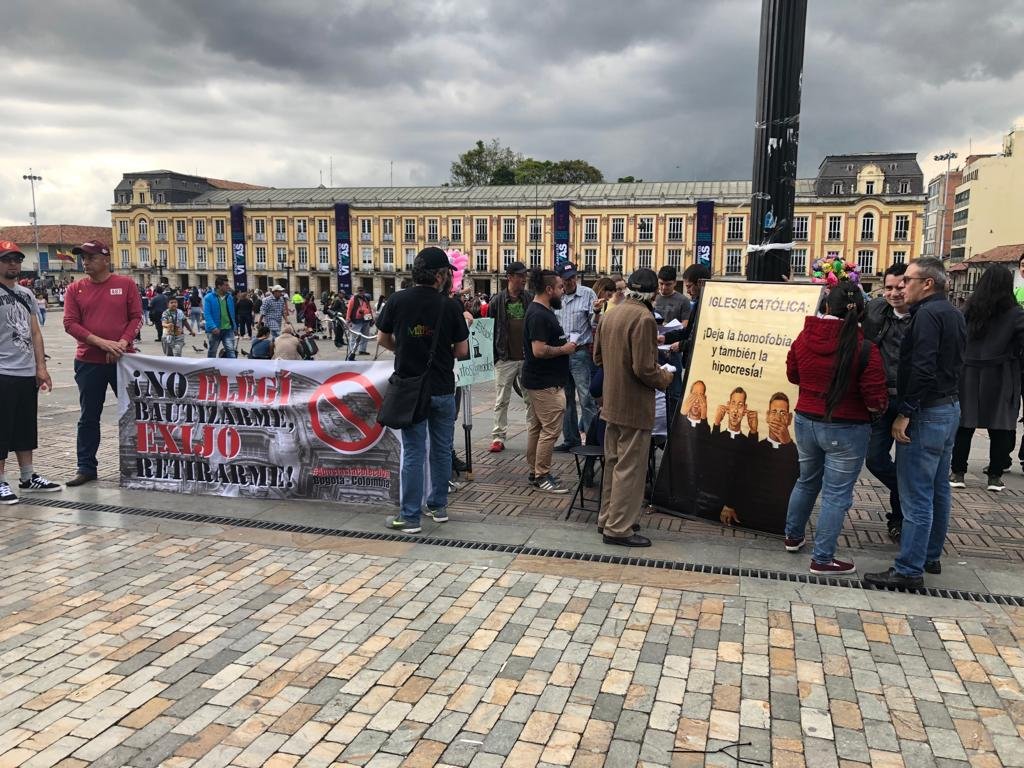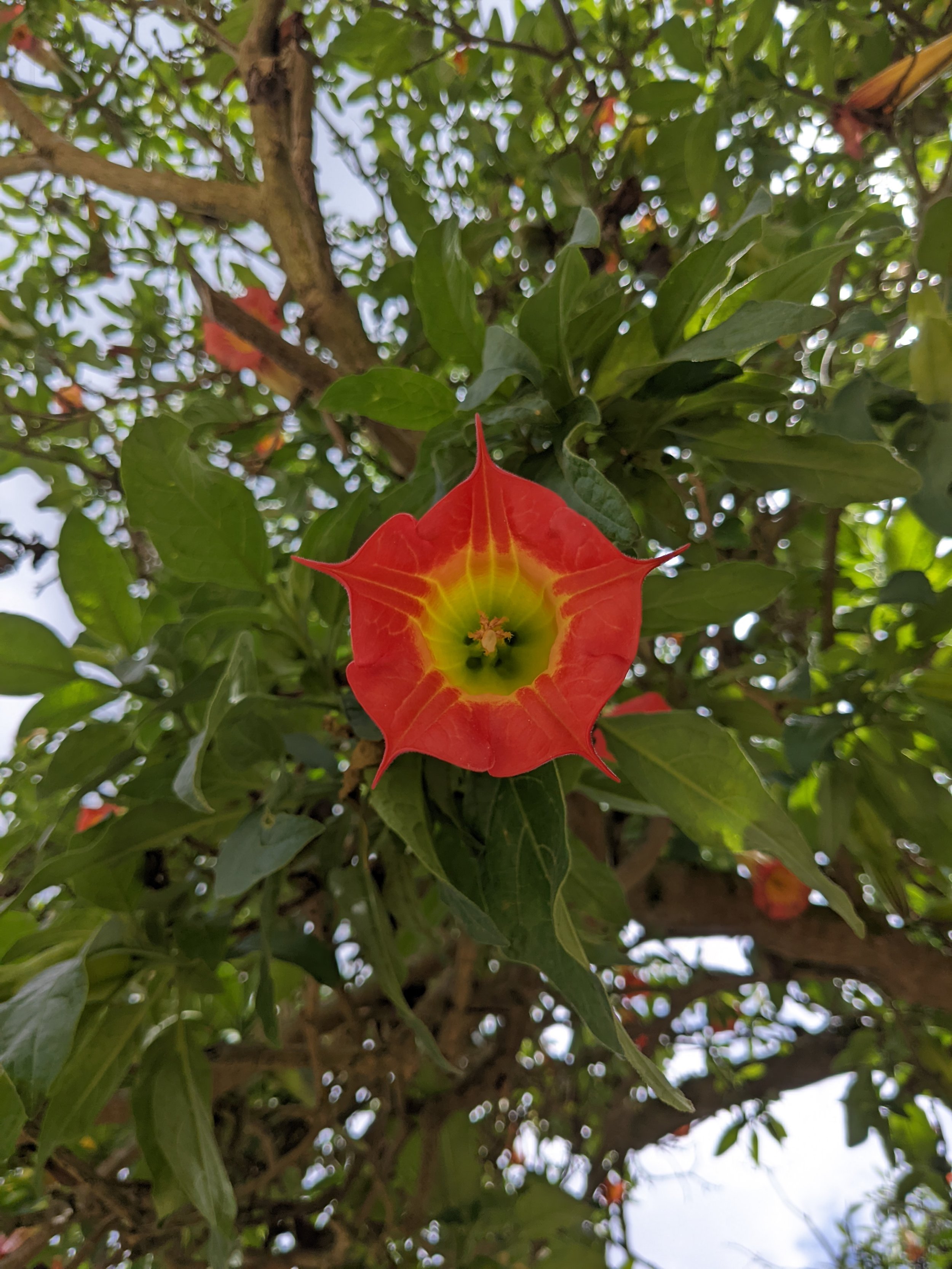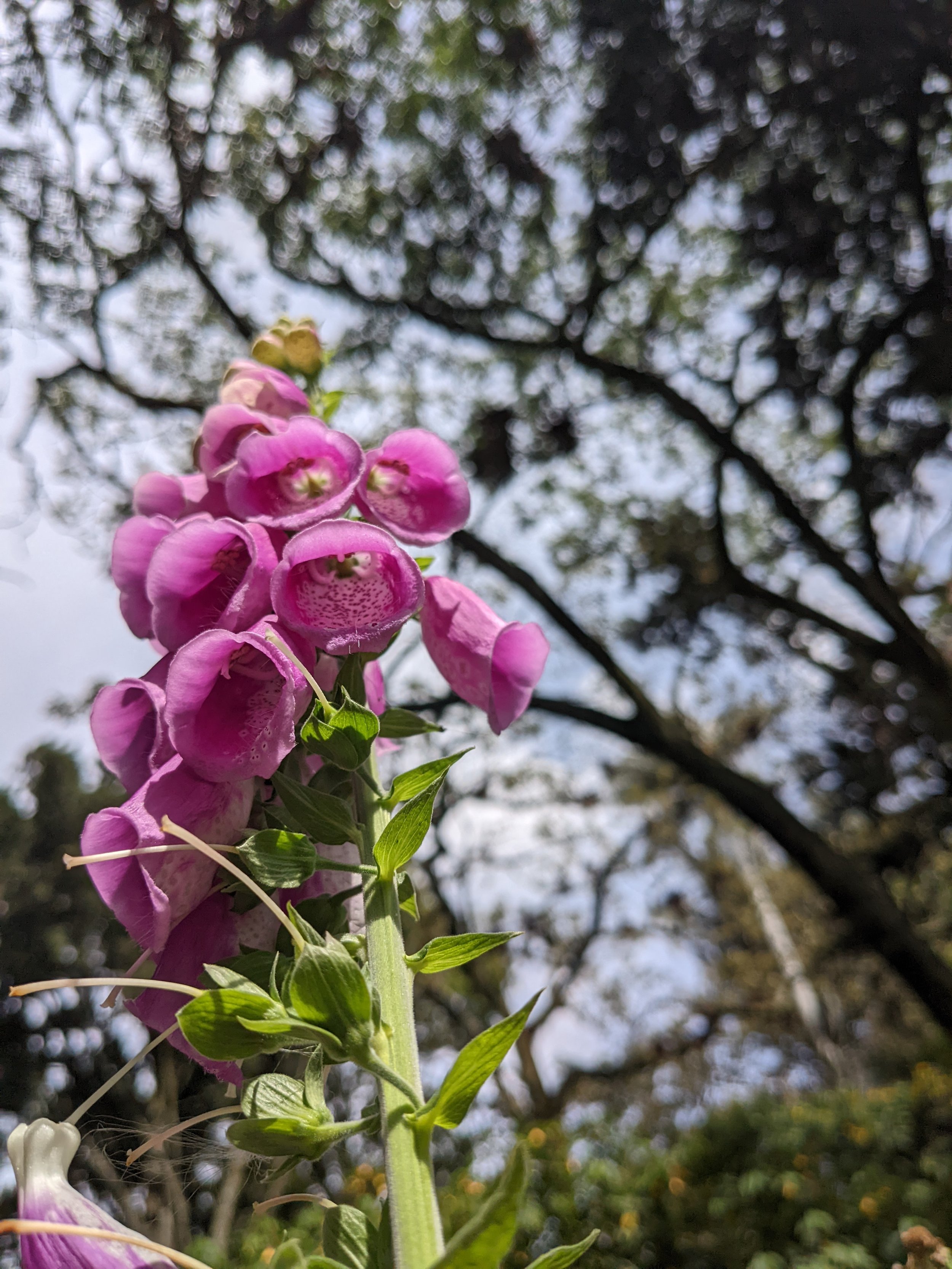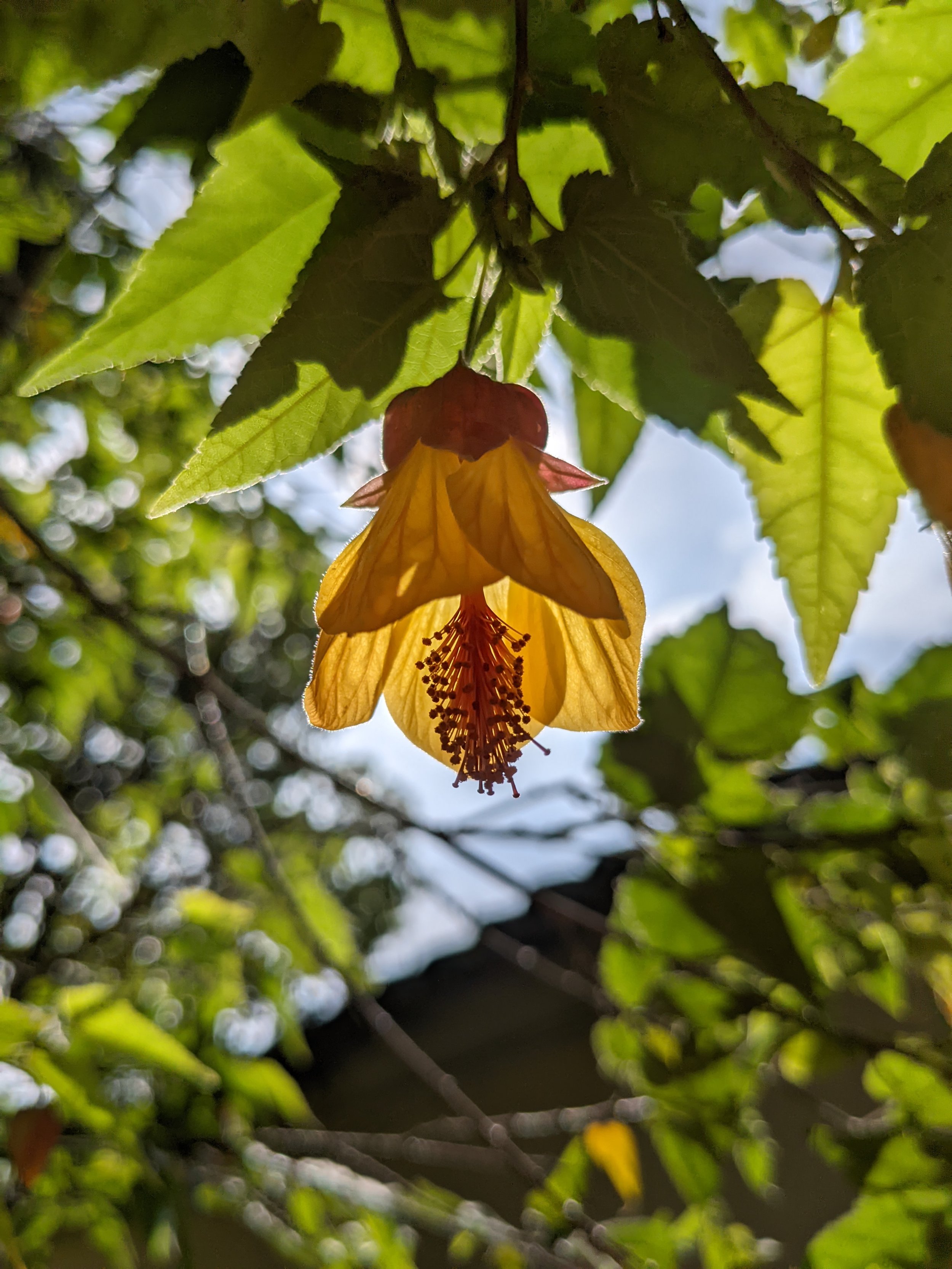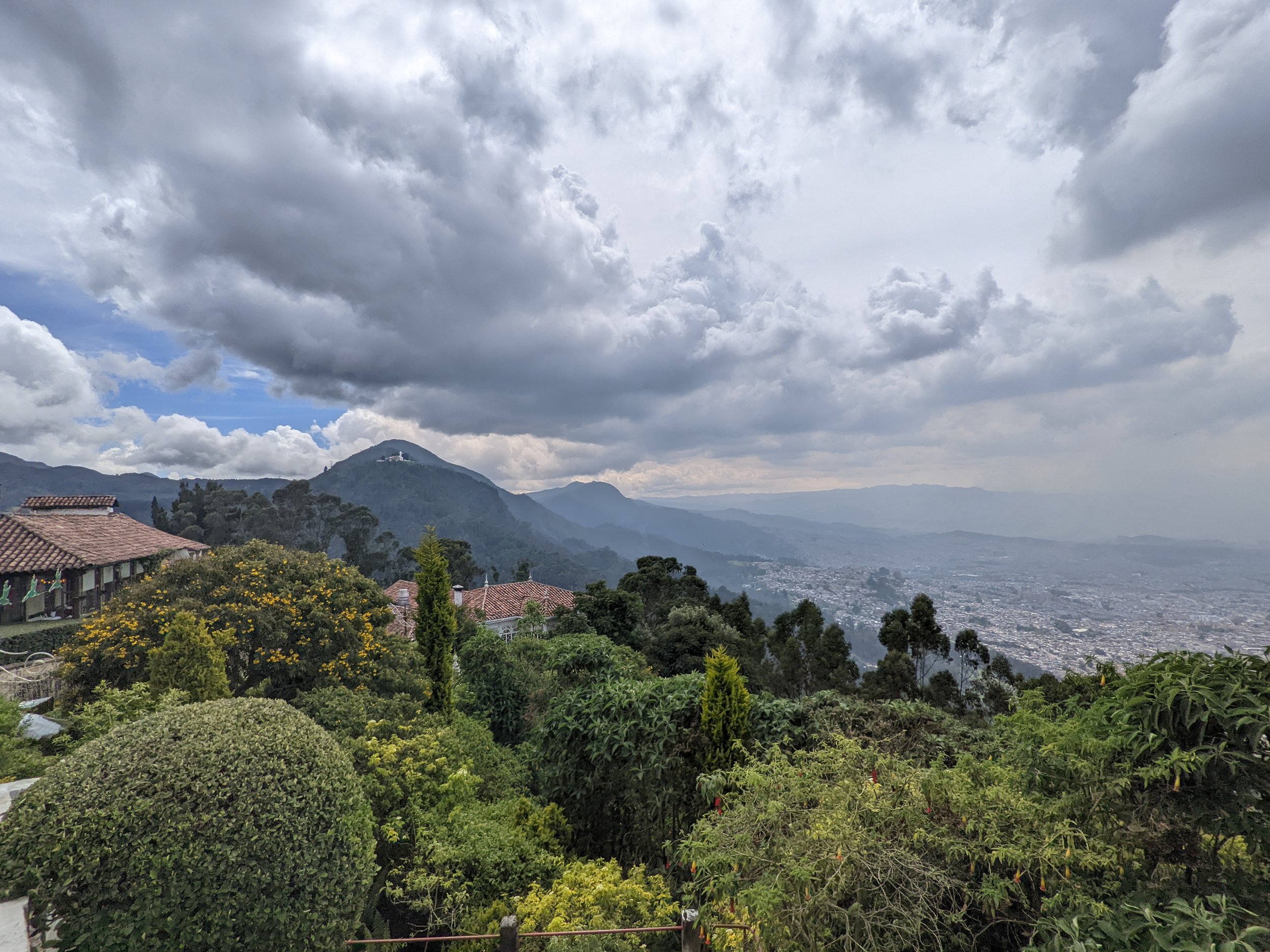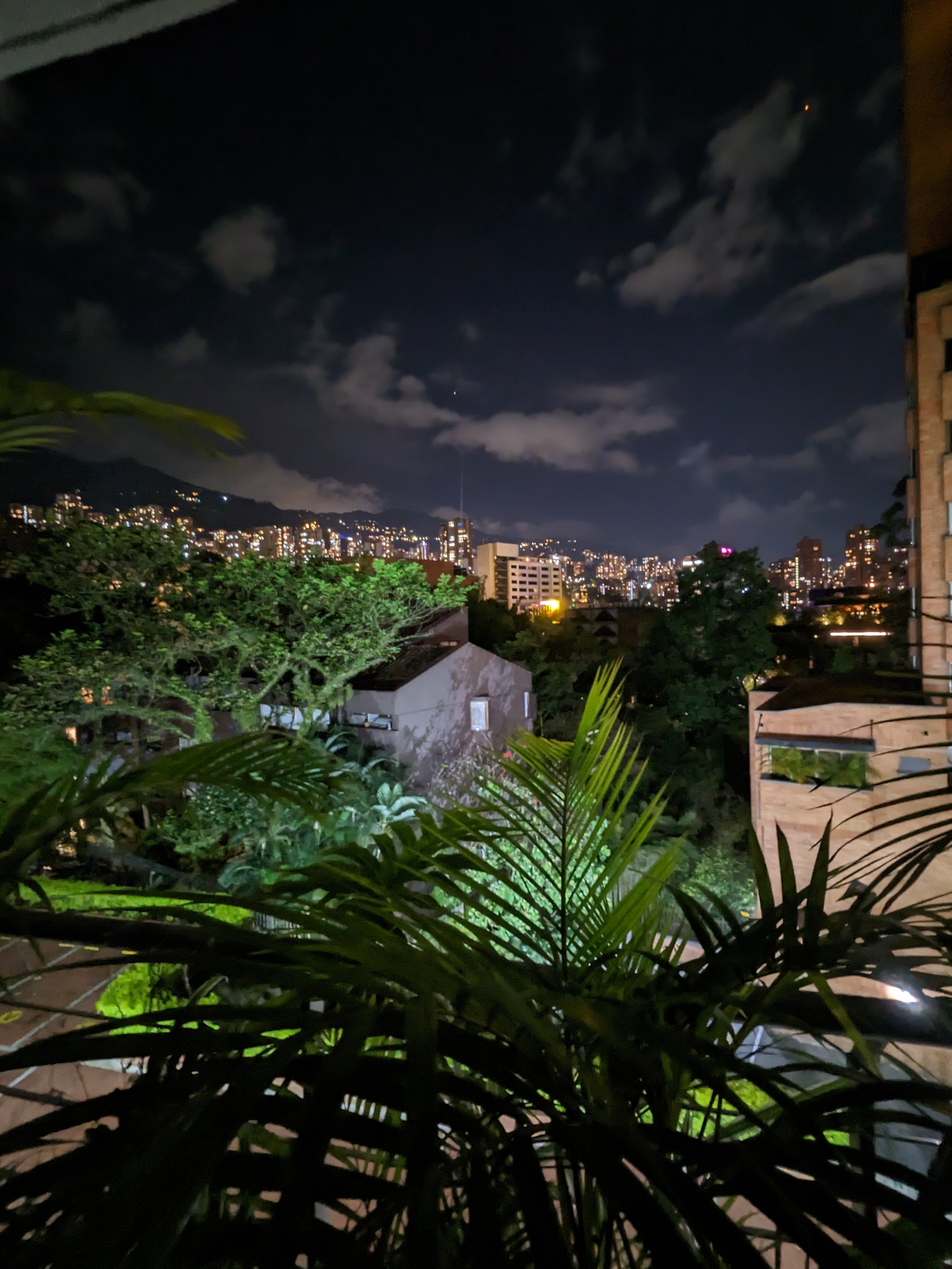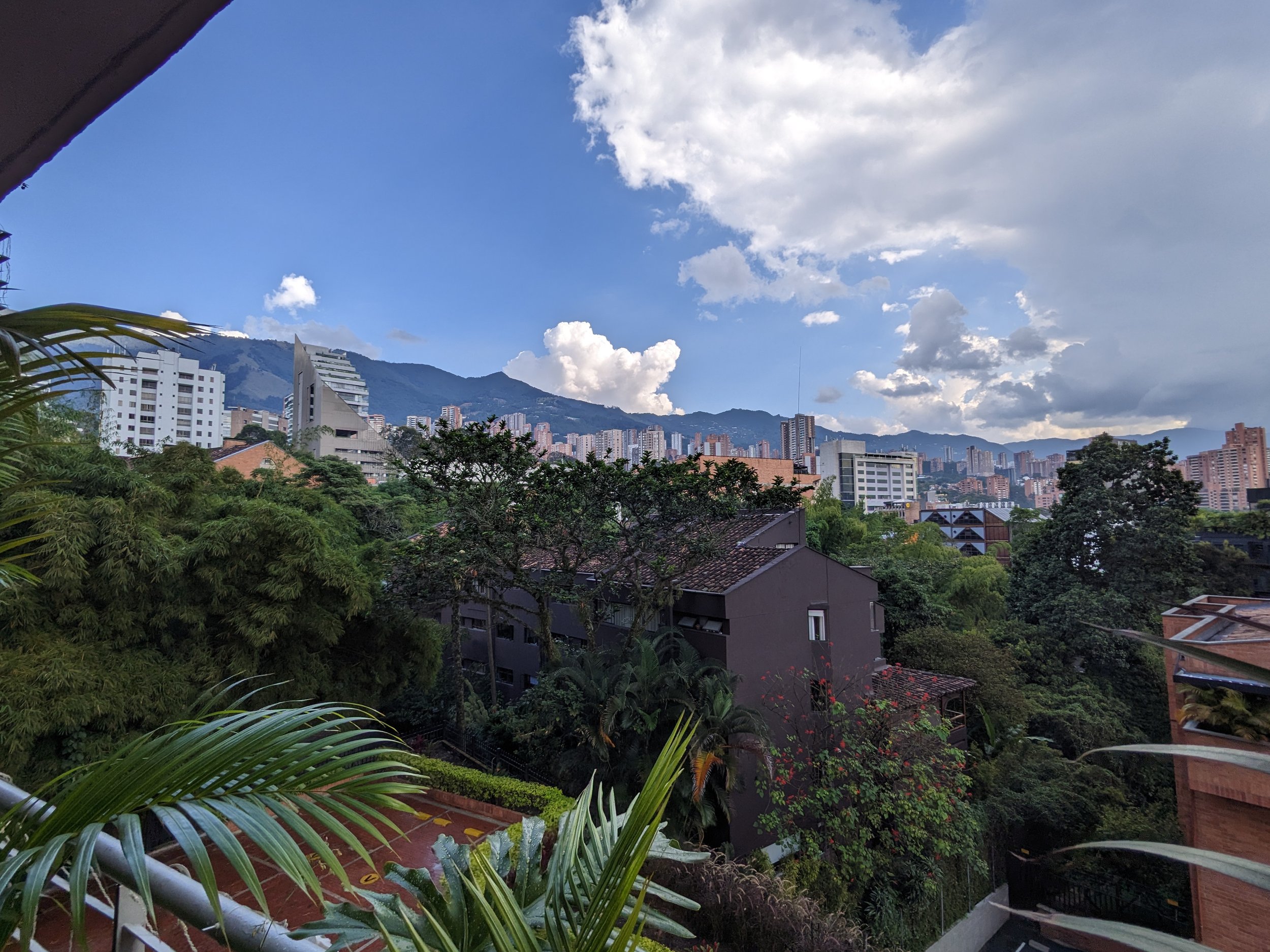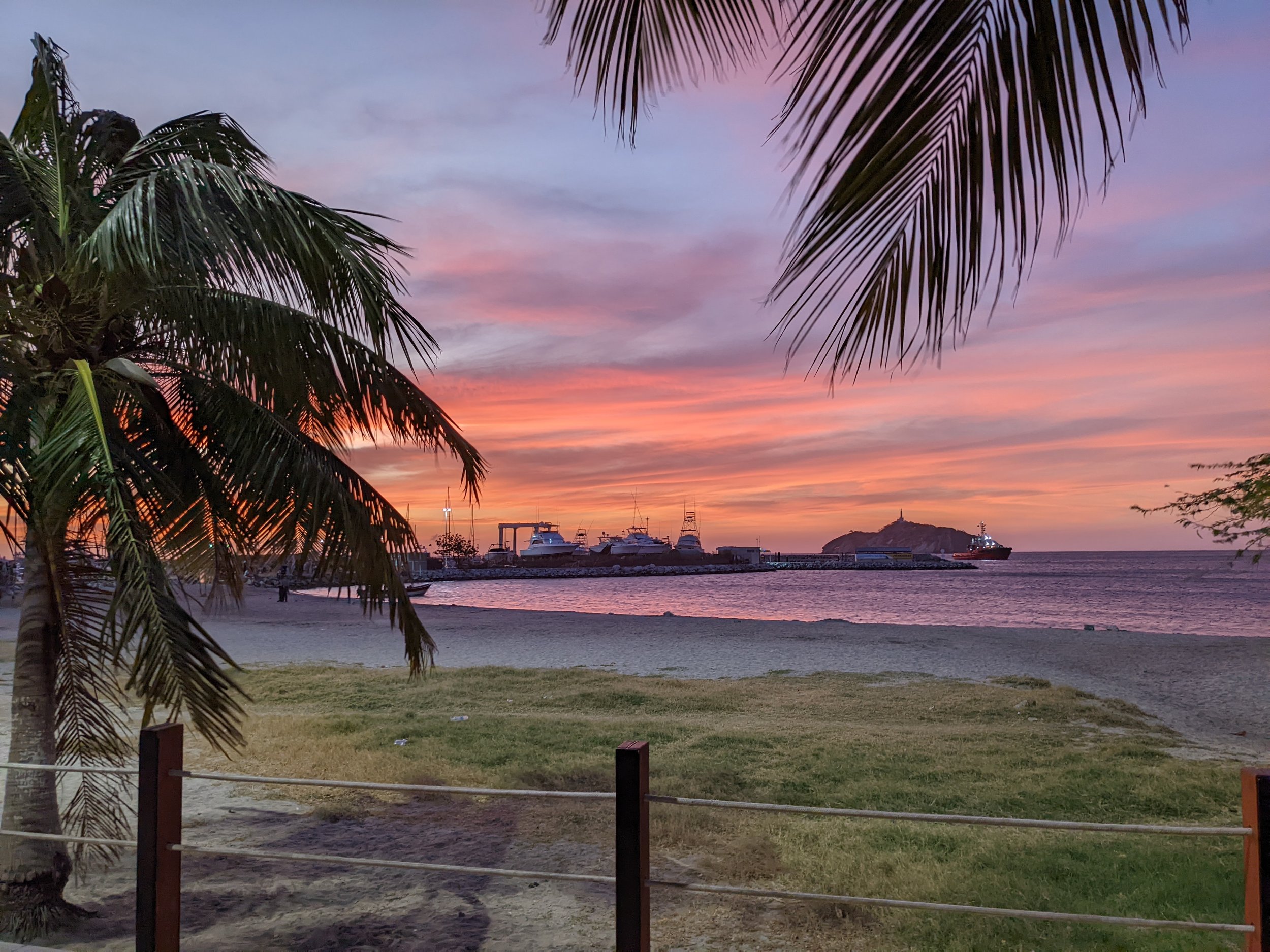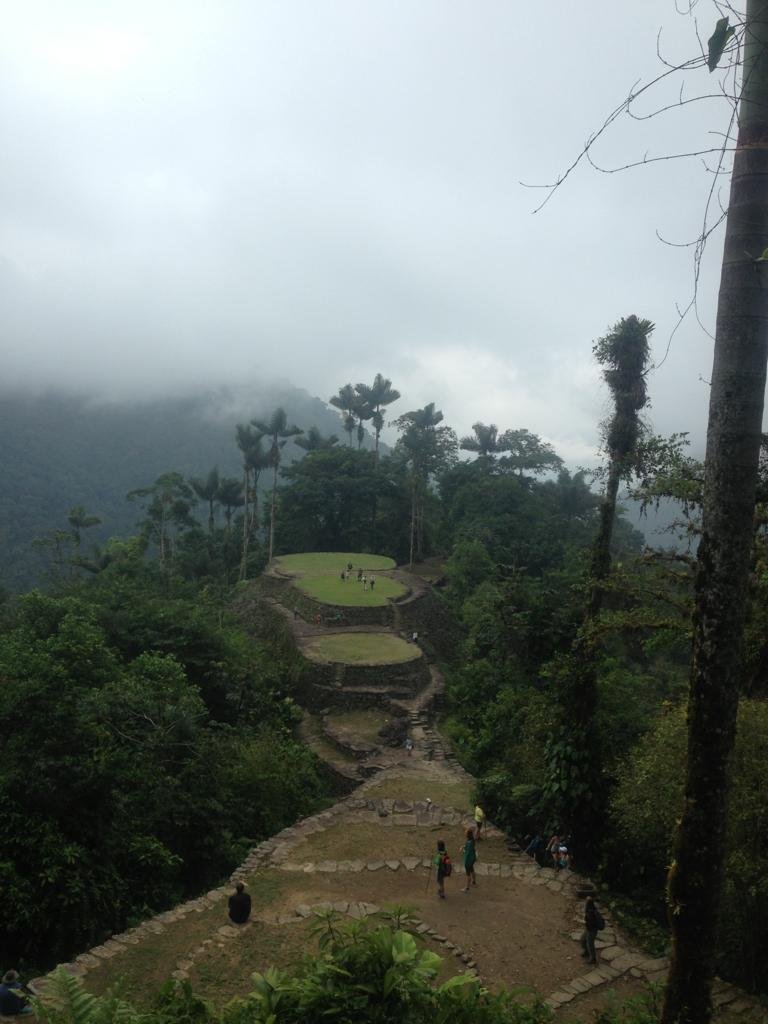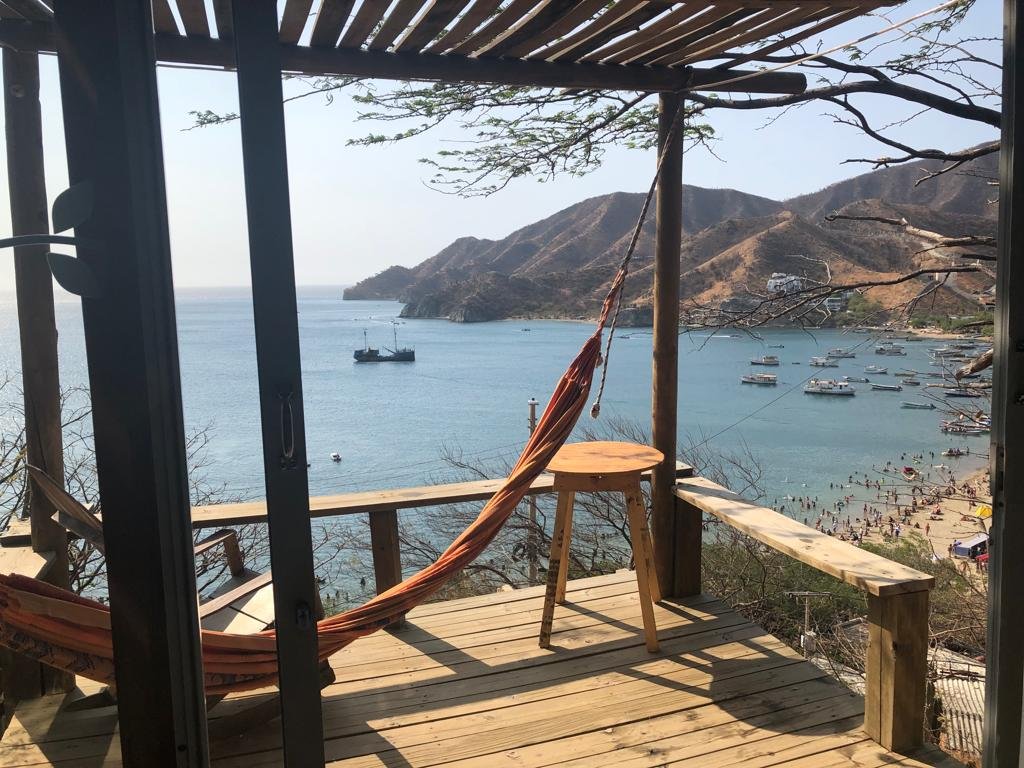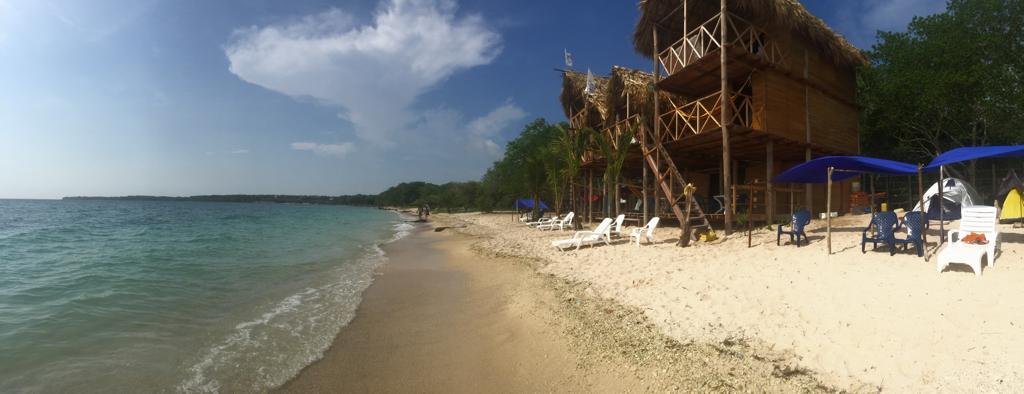Colombia, not Columbia: The things we get wrong about the country
The more time I spend in Colombia, the more I understand just how much injustice we have done to this country by condemning its reputation as some poor, dangerous drug country that we frequently misspell.
I will admit – before my first time in Colombia, I was worried about coming here. I, too, had bought into the stale perspective of a violent and unsafe country.
But here’s the truth: Colombia is a beautiful country with some incredibly thoughtful and resilient people. Before I get into what I have come to love about Colombia, I want to address what we outsiders often get wrong about this country.
1. It’s Colombia, not Columbia
I just need to get this out of the way first. It’s also pronounced with a “LO” sound, not a “LUH” sound.
This is a common thing that English speakers mess up. And I can understand why – there are so many places in North America called “Columbia” or “Columbus” or some other variant of the name of that awful colonizing rapist that got an undeserved holiday in October. “Columbia” is actually an Anglicized version of Cristoforo Colombo, as he was known in Italian, or Cristóbal Colón, as he was known in Spanish.
And yeah, Colombia is named after Christopher Columbus. But he never actually stepped foot in Colombia. Colombia got its name after gaining independence from Spain in 1810 and changing from Nueva Granada to the United States of Colombia in 1863. After some bloody civil strife, the name was changed to the Republic of Colombia in 1886.
Just like in the US, Indigenous people lived in Colombia a long time before that Eurotrash washed up on the shores of the Bahamas in 1492, and Colombia met its unfortunate namesake. Nomadic hunter-gatherer tribes lived and traded amongst one another in the Magdalena River Valley since 12,500 BC.
Today there are 102 recognized Indigenous groups in Colombia. The ethnic groups with the most significant numbers are the Wayuú, Zenú, Nasa, and Pastos – who account for 58.1% of Colombia’s Indigenous peoples. The Wayuú and Zenú are lowland peoples living in regions like Chocó, Amazon, Guajira, the Caribbean Coast, the Urabá Region, and other non-mountain cultures. The Nasa and Pastos are highland peoples who inhabit the Andes and the Sierra Nevada de Santa Marta.
Indigenous people make up about 2-3% of the Colombian population and still struggle for representation – as Indigenous peoples across the Americas have struggled for centuries.
2. Pablo Escobar, Narcos, and cocaine aren’t good conversation starters
Without an empathetic approach to Colombia’s past, bringing up these subjects can kind of be like going to Ireland and ordering an Irish Car Bomb at a pub. It can be a very disrespectful and insensitive thing to do. Some Colombians don’t want to talk about it at all, and some would rather it just not be the first topic of conversation.
The Narco-caused violence of the late 80s and early 90s in Colombia – and Medellín, in particular – devastated this country. The fear cultivated from walking down the streets, never knowing whether or not there were any cars rigged with bombs, caused a level of cultural trauma that has not yet healed.
The real tragedy is that this trauma rippled out to the rest of the world and translated as a solidified reputation for drugs and violence. And despite the progress Colombia has made over the past 30 years and Pablo Escobar being long gone, this reputation remains.
Medellín was the murder capital of the world in 1993. Now, 30 years later, there’s been an 82% reduction in violent crime in Medellín, making it safer than my hometown, St. Louis, MO, Baltimore, MD, and New Orleans, LA.
It’s actually safer for me to be in Medellín than it is for me to be in the city where I grew up.
What’s even more significant about this reduction in crime in Medellín is that this success was due to leaders treating violent crime like a disease. Now, the city is a hipster nomad paradise.
Medellín and the rest of Colombia have moved on from the violence that once plagued the country. The international community still maintains this stale reputation of Colombia. That reputation is especially hurtful considering the cultural trauma many Colombians still struggle with from those violent times.
It’s a sensitive topic, so if you choose to bring Escobar, Narcos, or cocaine to Colombians, be mindful of that.
A tactful approach that my Colombian friend suggested using with Colombians:
“I understand that Pablo Escobar did a lot of damage in your country, and I understand that drugs are not the only thing found in Colombia, but I would like to understand your perspective regarding Pablo Escobar and drug trafficking.”
3. Living as a privileged foreigner in Colombia comes with responsibilities
Foreigners often come to live in Colombia and sing the praises of the currency value and the cost of living. The dollar value of the Colombian peso is significant if you're coming from the US. (At the time of writing this, USD 1 is about COP 4,600).
Colombia is among the ten countries with the lowest cost of living globally.
The cost of living is, on average, 66.5% lower than in the US.
And the rent in Colombia is, on average, 84.7% lower than in the US.
Digital nomad and travel companies will frame this as “one of the cheapest countries to live and work in.” This may sound like an incredible deal for someone from the US, but locals suffer from this disparity. (And just FYI – Framing a country as “cheap” has some very cringy exploitative implications).
As with any country with a sizeable economic disposition in favor of privileged foreigners, locals are at a greater disadvantage in their own economies. This often results in gentrification – where foreigners with more money to spend are happily accommodated by those who own property, leaving locals with inflated housing costs and less desirable housing options.
This is something to remember as a foreigner in Colombia, especially someone from North America or Europe. Considering that these regions have a history of taking from and abusing Colombia (and the global south in general), it’s particularly wise to consider the optics and impact of your presence.
4. Colombia and Religion – not so different from the US
In 1991, Colombia revised its Constitution to remove all references to the Catholic Church and declared all faiths and churches equal before the law. As I wrote in my article Government without gods: Where are the nonreligious public servants? like in the US, the secular government and culture in practice look different from what’s written in the Constitution.
As of 2020, nearly 7 out of 10 Colombians are Catholic. But almost 10% of Colombians are religious nones, atheists, or agnostics. And despite what’s written in the Constitution and that 1 in 10 Colombians are not religious, the government continues to give the Catholic Church special status.
By comparison, as of 2021, there’s still a 67% Christian majority in the US. But 1 in 4 US Americans identifies as unaffiliated.
When it comes to religion’s impact on culture, you’re far more likely to find a sense of belonging as a non-religious person in the US than you are in Colombia. But when it comes to politics, there are many similarities between the ways religious extremists try to force their religion on the officially secular governments in Colombia and the US.
Protest by Colombian atheist organizations for apostasy in Bogotá. (Photo taken by Luis Carlos Castellanos).
Now that I’ve deconstructed some of the things we get wrong about Colombia, I’ve got to share with you what I (and many others) appreciate about this place.
The Nature
Colombia is an ecological wonder:
It’s one of the most biodiverse countries in the world.
There are 314 different types of ecosystems in Colombia.
It contains 10% of the world’s plant diversity, ranks first in bird and orchid species, and ranks second in plants, butterflies, freshwater fishes, and amphibians.
About one-third of the country is Amazon region.
It’s also the wettest country in the world with an average rainfall of 3,240 mm per year.
The Resiliency
Like the rest of Latin America, Colombia has been forced to develop itself after a long colonial history of pillaging, plundering, and raping and a more recent history of the US meddling in its economy and politics. It has been at an oppressive disadvantage for its entire history on the world stage, and the country also contends with corruption within its government.
While Colombia still struggles, it has developed this vibrant culture despite it all. It’s something I deeply admire.
Cumbia
This is a musical genre and traditional folkloric dance originating from the Caribbean region of Colombia. It has elements of Indigenous music, African music, and Spanish music. Cumbia has spread across Latin America, and now there are many subgenres, modernizations, and fusion cumbia.
But the signature elements of cumbia are the percussion-heavy double beat played on a drum or a maraca. Modern cumbia usually uses offbeat rhythms as well. As a classically trained musician, I find these rhythms sexy as hell and also great to exercise while listening to.
Arepas & Empanadas
Arepas have been eaten since pre-Colombian times. Like empanadas, they are a form of dough stuffed with delicious things. I am a fan of just about any dough stuffed with delicious things.
The Slang & Sayings
I love learning slang, local sayings, and other colloquialisms that I would never learn in a classroom. They give you fascinating insight into the culture.
“No des papaya” – means don’t be an idiot and give people a reason to steal or otherwise take advantage of you. In other words, keep the honest people honest. But it literally translates as “don’t give papaya.”
Ex. keep your phone and other valuables stowed away when you’re walking down the street.“Perdón que te salpiqué” – means “Sorry if I hurt you” but is literally translated as “Sorry I splashed you.” Shakira uses this phrase in her famous controversial song “Bzrp Music Sessions #53,” where she trashes her ex.
Takeaway
I hope this helps you see Colombia in a different light – a beautiful country with a troubled history but a largely stale reputation. Colombia deserves better than what the rest of the world gives it.




